Chocolate – Swiss Chocolate
A piece of chocolate just melted in my mouth. Did you know that good chocolate melts at 90F (32C)? This is because cocoa butter melts at that temperature. That piece of chocolate melted for about 3 minutes in my mouth and it gave me that wonderful secret of pleasure.
It is a fact that some American brands are more “heatproof” chocolate. It does not really melt in summer time. So in order to eat a piece of that kind of chocolate, you have to bite and chew.
I remember when I moved to the States and Cindy and I would have friends over. I proudly served fine Swiss Chocolate, brought directly from Switzerland. Most of the time those precious delights were gone within seconds. I was shocked!
Nowadays, if you eat chocolate at the Pabsts, you are “forced” to let it melt in your mouth. Most end up liking it that way.
So after having this fine piece of chocolate today, I thought I would write a blog about chocolate, and in particular, about Swiss Chocolate.
In 1819 traveling journeymen came to Italy to learn the art of confectioners. Among them was François-Louis Cailler (1796-1852). He opened the the first mechanized chocolate production in Corsier near Vevey in 1819. It is the oldest brand of Swiss chocolate still in existence today.
The Swiss seem to be born with certain tendency to produce sweet treats. But it is amazing that the Swiss, of all people, became so successful with a product whose ingredients – cocoa and sugar – had to be purchased from abroad at high prices. The Swiss managed this thanks to their striving for high quality – another innate Swiss virtue – and their realization that they, working in a small country with few raw materials, could only stand up to powerful foreign competition if they were better than the rest. (I think this is still true today. Watches, Nestlé, Logitec, Sky-Frame sliding window system, Pharmaceuticals are just a few examples)
Here in the USA we know mainly the Swiss chocolates Lindt (established in 1879), Toblerone (established in 1899) and Nestlé established in 1904.
The breakthrough in the chocolate business came with the introduction of Milk Chocolate in 1880s. Lindt developed a new machine so the chocolate would melt in the mouth. Up to that time you had to chew it.
During WWII, Switzerland had a tough time to import sugar and cocoa. During this time they started to add ingredients such as nuts, preserved fruits, and honey. After the war, the demand snowballed at home and abroad. Total sales rose from 26’000 tons in 1950 to more than 150’000 tons today. BTW the Swiss eat about double the amount of chocolate than the Americans. The average Swiss eats about 26lbs/person (12kg) compared to the Americans 12.2lbs (5.5kg) …….. overall life expectancy in Switzerland is 83years. In the USA, it’s 79.8. That means chocolate and cheese combined with lots of outdoor activity is good for your health.
The ingredient Cocoa is brown / gold. It is a product of the tropics. A tree carries up to 50’000 – 100’000 delicious blossoms in a year.
Like wine tasting there is also chocolate tasting. For both events just slow down, relax and be in the moment.
TASTING:
Arrange chocolate pieces from dark to light.
Sense your chocolate. Notice the gloss, color. Break a piece and listen to the snap which indicates freshness and quality.
Breathe it in: bring it to your nose and inhale the aroma.
Taste it. Bite of a small amount and let it melt on your tongue. Notice how creamy it feels in your mouth.
Taste a different piece. Best is to eat a bite of an apple or unsalted cracker in between.
The term Swiss chocolate can only be used to refer to chocolate products which is manufactured exclusively at production sites in Switzerland. Only there you have the guarantee that the cows live a healthy life up in the alps (see picture inside slideshow).
Famous Swiss Chocolate Manufacturer: Cailler, Suchard, Choclat Villars, Sprüngli, Frey, Lindt, Camiile Bloch, Ragusa, Minor, Teuscher, Toblerone, Maestgrani, Alprose and more.
Here in the States are many good small chocolate boutiques.
Chocolate Springs crafted in the heart of the Berkshires, Lenox, MA.
Jacques Torres Chocolate at 66 Water Street in Brooklyn.
Dandelion Chocolate in San Francisco.
How did they learn the art of making chocolate? Maybe you shouldn’t ask me. My answer is always “they went to Switzerland and learned it there”.
Editor’s Remark. For the picture session we did not waste any chocolate. Everything was or will be eaten by the photographer.
Source: Chocology – The Swiss chocolate industry, past and present by Chocosuisse
[caption id="attachment_2037" align="aligncenter" width="224"]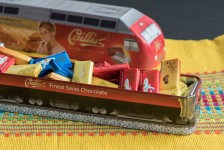 Chocolate train with a variety of flavors – great for after dinner or a coffee.[/caption]
Chocolate train with a variety of flavors – great for after dinner or a coffee.[/caption]
[caption id="attachment_2042" align="aligncenter" width="224"]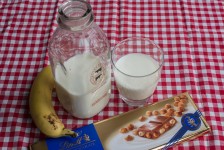 Milk – Swiss milk chocolate.[/caption]
Milk – Swiss milk chocolate.[/caption]
[caption id="attachment_2033" align="aligncenter" width="224"] Swiss cows in the Swiss Alps giving the best milk.[/caption]
Swiss cows in the Swiss Alps giving the best milk.[/caption]
[caption id="attachment_2032" align="aligncenter" width="224"] Cows above Grindelwald.[/caption]
Cows above Grindelwald.[/caption]
[caption id="attachment_2041" align="aligncenter" width="224"]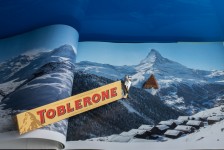 Toblerone is the shape of the world-famous Matterhorn in Zermatt.[/caption]
Toblerone is the shape of the world-famous Matterhorn in Zermatt.[/caption]
[caption id="attachment_2044" align="aligncenter" width="100"]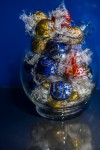 Chocolate is also a sweet decoration.[/caption]
Chocolate is also a sweet decoration.[/caption]
[caption id="attachment_2039" align="aligncenter" width="224"]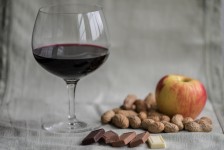 Still life of good things in life.[/caption]
Still life of good things in life.[/caption]
[caption id="attachment_2040" align="aligncenter" width="224"]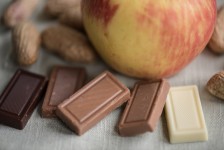 Ready for Tasting.[/caption]
Ready for Tasting.[/caption]
[caption id="attachment_2036" align="aligncenter" width="224"] You can see how creamy the Ragusa chocolate is.[/caption]
You can see how creamy the Ragusa chocolate is.[/caption]
[caption id="attachment_2043" align="aligncenter" width="224"]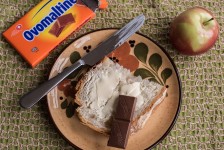 An afternoon snack from the Old Days – still works for me.[/caption]
An afternoon snack from the Old Days – still works for me.[/caption]
[caption id="attachment_2034" align="aligncenter" width="224"]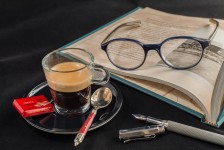 A coffee break with a piece of chocolate.[/caption]
A coffee break with a piece of chocolate.[/caption]
[caption id="attachment_2035" align="aligncenter" width="99"] Cindy enjoys an Espresso after the chocolate tasting.[/caption]
Cindy enjoys an Espresso after the chocolate tasting.[/caption]
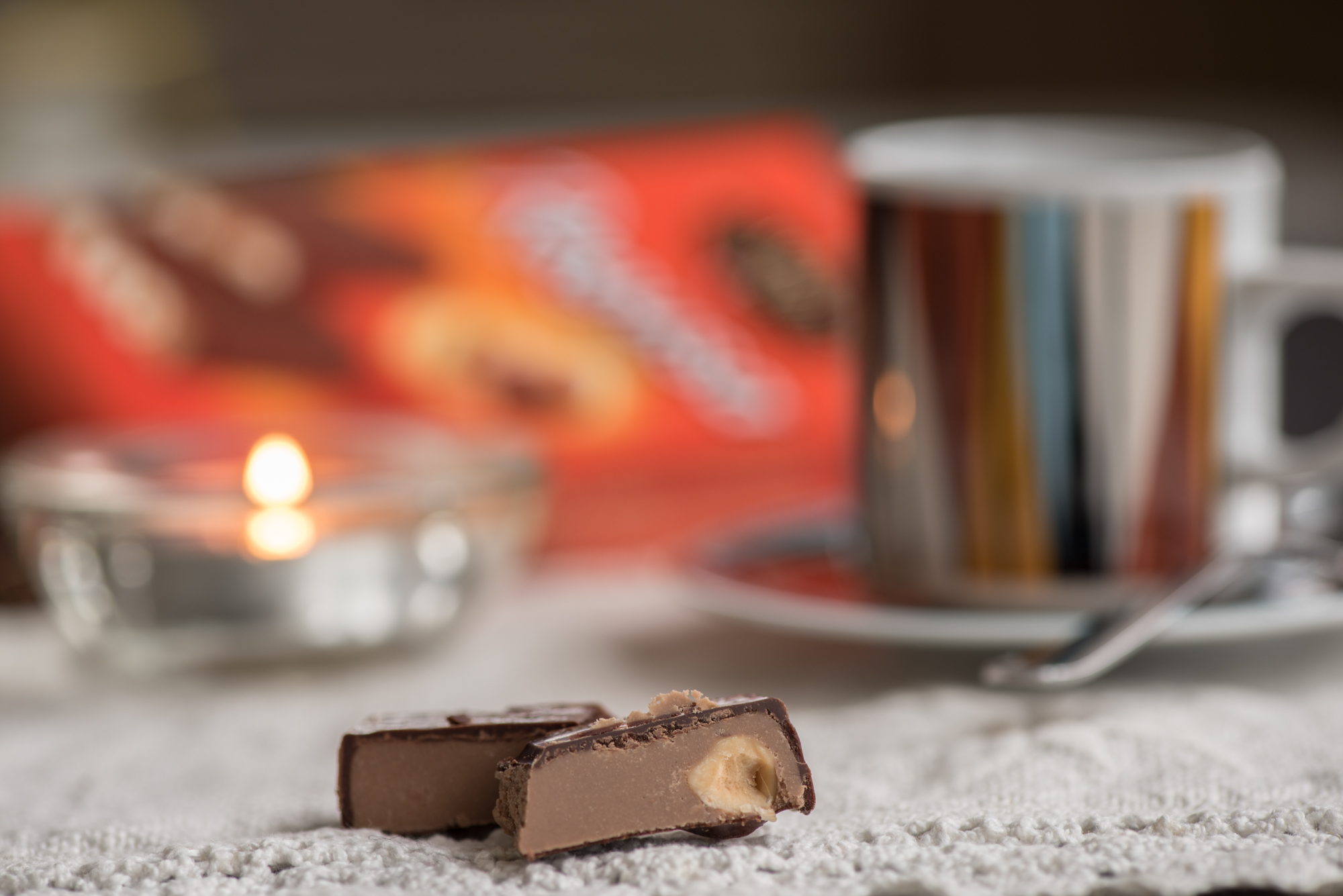
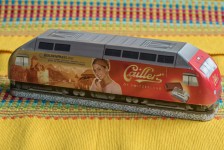
18 Comments